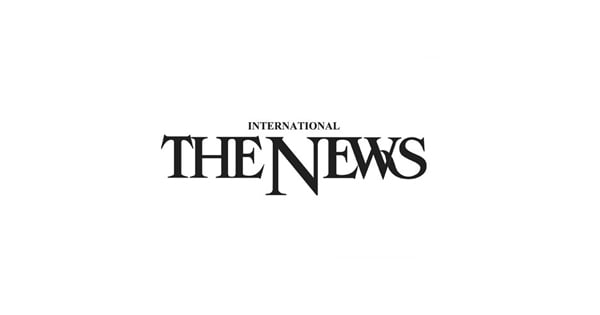The Pakistani rupee has hit a historic low against the US dollar due to increased demand for the dollar following eased import restrictions and political uncertainty ahead of the general elections.
Pakistan's rupee dropped to a record low due to the easing of import restrictions, which has increased demand for the dollar.
The Indian rupee is expected to rise due to a pullback in U.S. Treasury yields and weak economic data, leading to a favorable near-term outlook.
The depreciating exchange rate of the Pakistani rupee against the US dollar is leading to a potential economic disaster, with increased inflation, higher prices for petroleum and fuel, and a rise in poverty and unemployment.
The Pakistani rupee weakened further against the US dollar in the interbank market due to higher demand and uncertainty, while the open market remained stable; however, insiders noted that currency dealers were selling the dollar at higher rates in the open market.
The Pakistani rupee has fallen below 300 to a US dollar due to factors such as the rise of the dollar, uncertainty surrounding general elections, and a political/judicial/constitutional crisis, resulting in eroded business confidence, increased inflation, and reduced industrial output.
The Indian rupee remains steady against the US dollar due to corporate dollar demand and importers' activities.
The Indian rupee weakened against the U.S. dollar due to demand from state-run banks and the potential impact of U.S. GDP data.
The Pakistani stock market experienced significant losses in response to rumors of an interest rate hike, economic uncertainty, and the depreciation of the rupee.
The consistent devaluation of the Pakistani rupee is causing inflation and forcing the central bank to raise interest rates, leading to concerns about the economy and market confidence.
The Indian rupee is expected to open higher against the US dollar following a downward revision to US economic growth in the second quarter, but experts suggest the rupee may struggle to maintain its gains.
The recent bloodbath in the stock market and worsening economic conditions in Pakistan are attributed to electoral uncertainty, depreciating rupee, and concerns over inflation and interest rates.
The Pakistani rupee is expected to trade within a narrow range against the dollar in the upcoming week following its recent sharp depreciation, although some analysts anticipate continued pressure on the currency due to capital withdrawals, political unrest, and economic uncertainty.
The current economic crisis in Pakistan is driven by high inflation, mismanaged policies, and failure to ensure price stability, leading to a weakened currency and a struggling middle class, but implementing radical reforms such as demonetization and swapping out foreign currency debt can potentially alleviate the situation and revive the economy.
India's rupee is expected to remain close to its historic low in the next six months, despite efforts by the Reserve Bank of India to reduce volatility, with over a third of analysts predicting a new low within a year.
Gold prices in Pakistan continued to decline for the fourth consecutive day, in line with international rates, as the domestic price of 24 karat gold fell by Rs5,800 per tola and Rs4,972 per 10 grammes to settle at Rs216,500 and Rs185,614 respectively, while the price of silver 24 karat dropped by Rs50 per tola and Rs42.87 per 10 grammes to settle at Rs2,650 and Rs2,271.94 respectively; meanwhile, the rupee gained Rs2.03 against the US dollar in the interbank trading, closing at Rs304.94.
The Pakistani rupee's rise against the dollar is attributed to a crackdown on hoarding and illegal outflows of the greenback as well as increased vigilance in the Afghan transit trade.
Pakistan's central bank is expected to raise interest rates to address inflation and bolster foreign exchange reserves, following a series of rate hikes earlier this year in response to economic and political crises.
The Pakistani rupee has depreciated significantly in the first three weeks of the interim government's tenure, reaching a record low and making it the worst-performing Asian currency this quarter, due to factors such as a change in government and high inflation. The State Bank of Pakistan is implementing measures to address the economic challenges, including reforming the exchange rate and modernizing the banking system.
The State Bank of Pakistan has announced that it will maintain its key policy rate at 22%, citing a continuing declining trend in inflation, improved agricultural outlook, and recent administrative and regulatory measures to address supply constraints and illegal activity. The bank hopes that inflation will subsequently decline in October.
The value of the Indian rupee is at risk of declining significantly due to surging oil prices and the dollar's rally, despite interventions by the Reserve Bank of India to prevent a fall.
